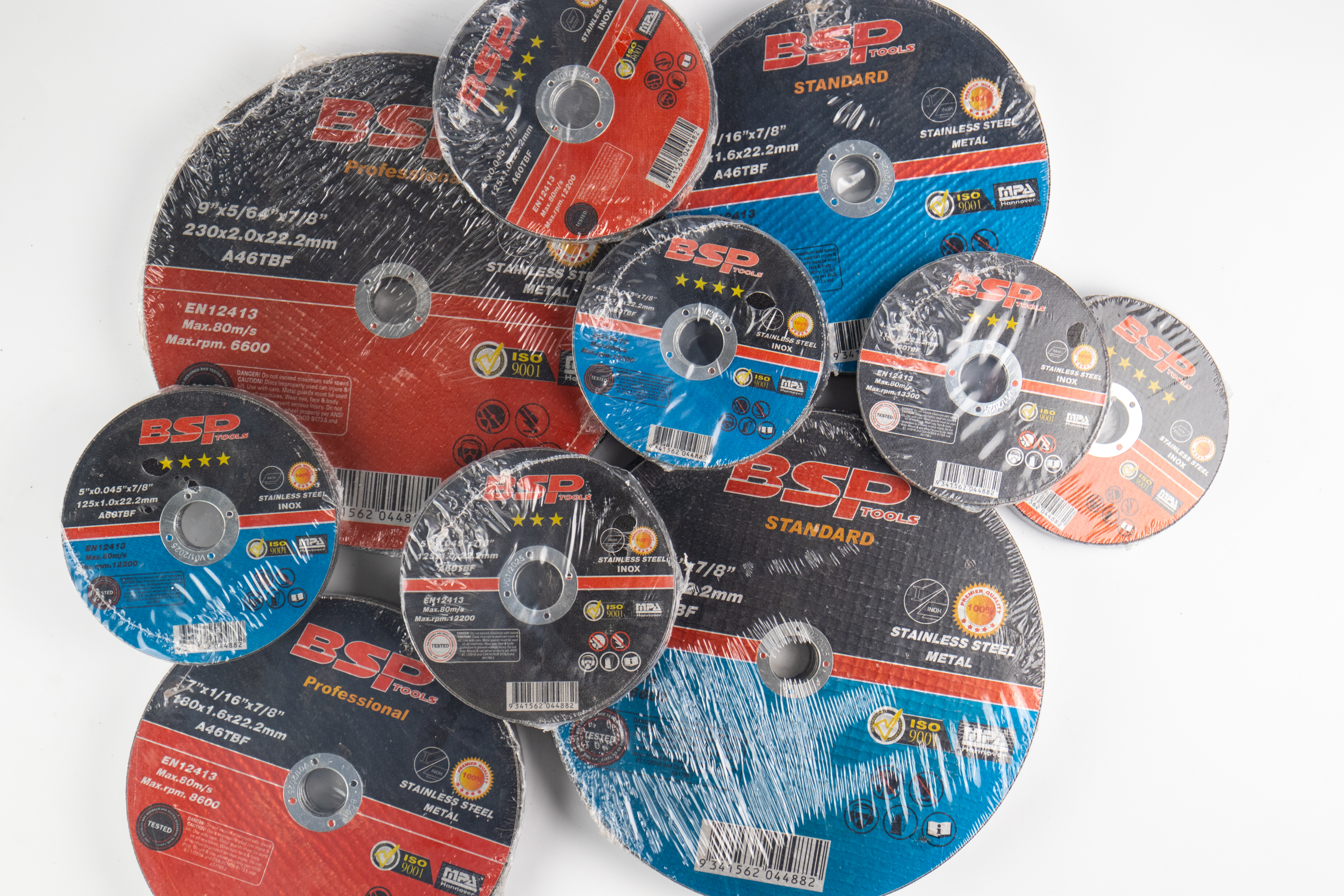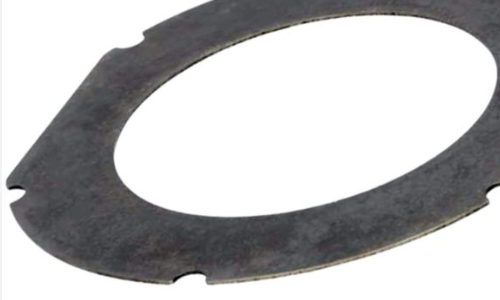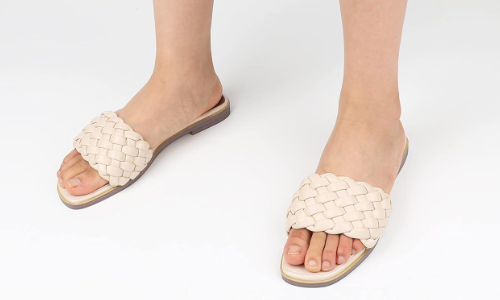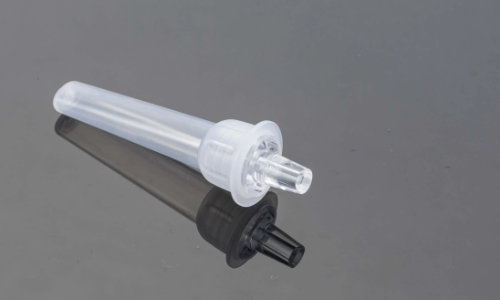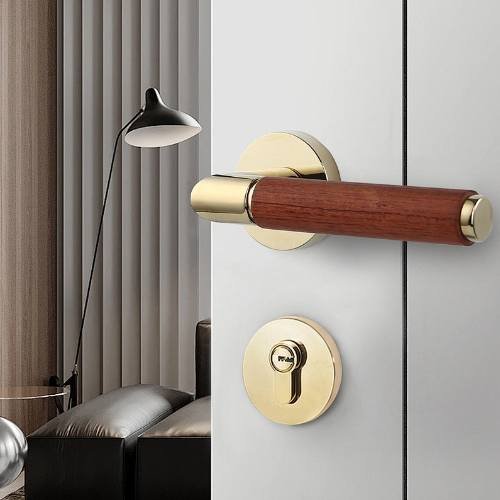Greetings in The Mighty Name of Jesus, The Christ!!!
Weight
Deuteronomy 25:15 KJV
“[But] thou shalt have a perfect and just weight, a perfect and just measure shalt thou have: that thy days may be lengthened in the land which the LORD thy God giveth thee."
Proverbs 11:1 KJV
“A false balance [is] abomination to the LORD: but a just weight [is] his delight."
Brothers and Sisters, a Just Weight in All Things is Required, is Demanded of us regardless of what Society, the World, Friends and Family may say. To Not have a Just Weight, is an Abomination to Jesus.
What am I talking about here… Our Lives are held continuously in a Balance of Right, Wrong, Good, Bad, Holy, Evil each and every moment of the day and we, Brothers and Sisters, will be Held Accountable for the Whole Of Our Lives In Jesus, meaning, from the time of Salvation until we meet Jesus face to face, that portion of Life will be Held by the Scales that Jesus issued to us…
Matthew 7:21 KJV
“Not every one that saith unto me, Lord, Lord, shall enter into the kingdom of heaven; but he that doeth the will of my Father which is in heaven."
Matthew 26:39, 42 KJV
"39 And he went a little further, and fell on his face, and prayed, saying, O my Father, if it be possible, let this cup pass from me: nevertheless not as I will, but as thou [wilt]. ... 42 He went away again the second time, and prayed, saying, O my Father, if this cup may not pass away from me, except I drink it, thy will be done."
All things that we have Done and Said will be Weighed in the Balance of The Fathers Will. This means every Idle Thought, Word, to every Action that we have done will be Weighed.
Matthew 12:36-37 KJV
"36 But I say unto you, That every idle word that men shall speak, they shall give account thereof in the day of judgment. 37 For by thy words thou shalt be justified, and by thy words thou shalt be condemned."
1 Corinthians 3:13-15 KJV
"13 Every man's work shall be made manifest: for the day shall declare it, because it shall be revealed by fire; and the fire shall try every man's work of what sort it is. 14 If any man's work abide which he hath built thereupon, he shall receive a reward. 15 If any man's work shall be burned, he shall suffer loss: but he himself shall be saved; yet so as by fire."
Brothers and Sisters, we live in a time, a season, that Good is Evil and Evil is Good, that Manipulation Of Truth is being presented before us Daily. The only way for us to Survive, to be Presentable to Jesus, is that WE MUST Weigh All Things rather they Look Good or not. We know that many, many Born Again stand upon the following Scripture…
James 1:17 KJV
“Every good gift and every perfect gift is from above, and cometh down from the Father of lights, with whom is no variableness, neither shadow of turning."
This Scripture is The Truth, but many of you say “Every good gift is from The Father”, this is where it becomes a lie, and a Manipulation of what is The Truth. See the above Scripture has a Double Clause, the First Clause it has to be Good, the Second Clause it has to be Perfect. In other words everything that comes from Heaven has to Line Up with The Fathers Will, which has to be Holy and Perfect. I know there are some you that would fight against what was just said, but, All Things Must be Weighed because Evil can give Good Gifts.
2 Corinthians 11:14-15 KJV
"14 And no marvel; for Satan himself is transformed into an angel of light. 15 Therefore [it is] no great thing if his ministers also be transformed as the ministers of righteousness; whose end shall be according to their works."
Luke 11:13 KJV
“If ye then, being evil, know how to give good gifts unto your children: how much more shall [your] heavenly Father give the Holy Spirit to them that ask him?"
I was presented with a problem awhile back, that someone had received merchandise from a vendor that they had not purchased, nor ordered. The individual Justified Keeping the Merchandise that they did not Order as Justification to past Over Charges. Jesus laid upon me that a Just Weight is Demanded By Him, which means that the Merchandise had to be Returned because it was Not Ordered, nor was it Paid For and we must remain always in Truth, with a Just Weight. That Nothing can be Held To Our Account when Standing before Jesus as Judge!
We are told in Scripture that just because someone is Evil or has done something Evil does not Justify us to do Evil…
Romans 12:17 KJV
“Recompense to no man evil for evil. Provide things honest in the sight of all men."
1 Thessalonians 5:15 KJV
“See that none render evil for evil unto any [man]; but ever follow that which is good, both among yourselves, and to all [men]."
We, Brothers and Sisters are Held to a Higher Accountability then the World is, for we ARE the Ambassadors Of Jesus among the heathen. In All Things we Must Weigh in order to Present the Kingdom of Heaven to a Lost and Dying World. We Must always keep in the fore front of our mind the Scriptures and we Must always keep in the fore front of our mind that just because We Can or just because we see others who Claim to be Born Again do things, does not Justify Us in doing the same things. Man and Satan does not Care what we do, as long as Our God is Not The Truth!!
2 Corinthians 5:20 KJV
"Now then we are ambassadors for Christ, as though God did beseech [you] by us: we pray [you] in Christ's stead, be ye reconciled to God."
2 Corinthians 10:5 KJV
“Casting down imaginations, and every high thing that exalteth itself against the knowledge of God, and bringing into captivity every thought to the obedience of Christ;"
We MUST always keep in the fore front of our minds that Satan is out to Kill and Destroy us in any way that is possible. He does not care Who or How, to him we are a constant reminder of his pretrial in Heaven.
In these The Last Days Of The Gentiles, we are bombarded on every side with evil, we are being forced daily to walk contrary to The Father’s Will in all aspects of Life. With that being said, we MUST endure until the end by doing, speaking those things that are Godly, Weighing all things BEFORE Proceeding with whatever is presented before us, by the minute, hour, day.
To Weigh something has Three Parts, 1st Prayer, 2nd Searching Scripture, 3rd Waiting Upon Jesus For The Right Answer. We Must do this with All Things, with Every Person we meet, with Every Situation that is Presented in Life. We are in the Season of Lies upon Lies, Deception upon Deception that unless we are not careful, we will be Deceived.
Isaiah 5:20 KJV
“Woe unto them that call evil good, and good evil; that put darkness for light, and light for darkness; that put bitter for sweet, and sweet for bitter!"
Now, with all of this being said, take not Trials, Hardships, Lessons, Corrections Of Our Lord Jesus to be thought of as Evil. For there are many things that we must go through in this Life to Understand God, things that we thought not possible. But Jesus end goal is that we Walk In Obedience in All Things doing The Fathers Will.
Hebrews 12:5-8 KJV
"5 And ye have forgotten the exhortation which speaketh unto you as unto children, My son, despise not thou the chastening of the Lord, nor faint when thou art rebuked of him: 6 For whom the Lord loveth he chasteneth, and scourgeth every son whom he receiveth. 7 If ye endure chastening, God dealeth with you as with sons; for what son is he whom the father chasteneth not? 8 But if ye be without chastisement, whereof all are partakers, then are ye bastards, and not sons."
I have seen things, been involved with some things that we might conceder to be evil, but were Lessons, Corrections that could not be Taught in any other way, accept to Experience them or for Action Of Disobedience that the Lord rendered in this World.
Brothers and Sisters I know it is hard to do what is being told, we live in a World that tomorrow is not soon enough, that we want things done even before we speak. But we, Brothers and Sisters are to Walk According to God and His Spirit, not bowing down to the whims of the World or those whom wear Sheep’s Clothing, but are Wolves seeking their prey.
Think on these things, Weigh these things, because the time is coming that it will be harder for us to Live In This World!!!
Let
All
Things
Be
Weighed!!!
Amen and Amen!!!
Email: godsonlyfoundation@gmail.com
Website: ApostleLee.com

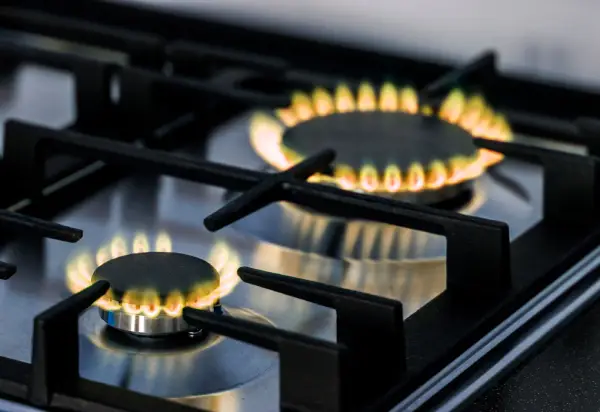
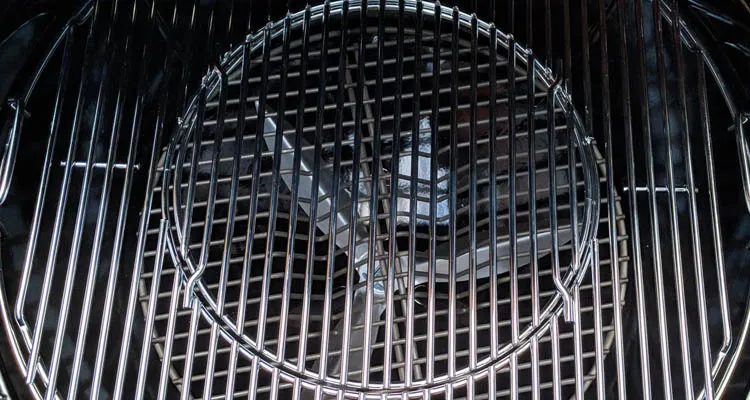
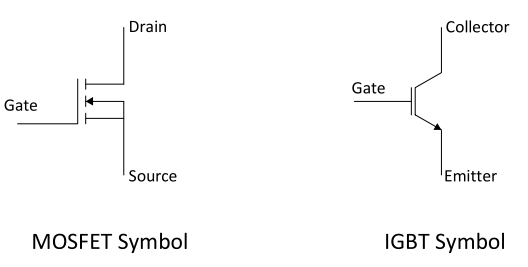

 https://bsptools.com/wp-content/uploads/2024/04/图片3-2-350x233.png 350w,
https://bsptools.com/wp-content/uploads/2024/04/图片3-2-350x233.png 350w, 